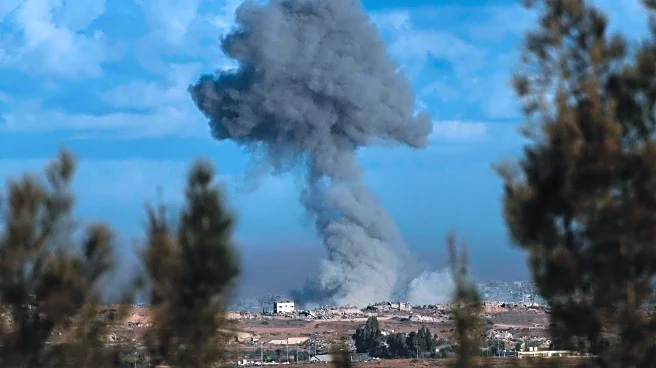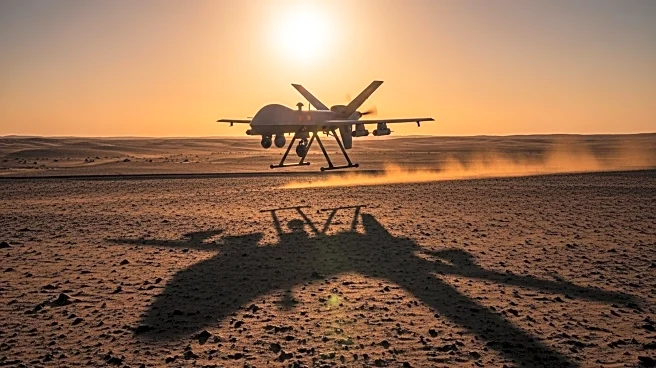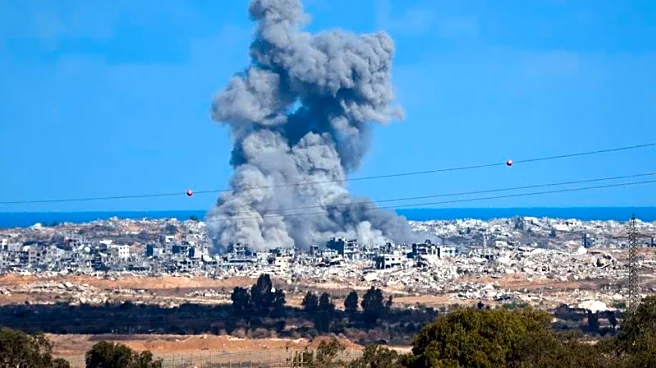What is the story about?
What's Happening?
The recent agreement between Israel and Hamas provides temporary relief but lacks robust enforcement mechanisms, raising concerns about future conflict. The deal includes humanitarian benefits such as the return of hostages and reduced violence, but without verification and enforcement 'teeth,' it risks becoming an on-ramp to enemy rearmament. The agreement's advantages are conditional, relying on hard verification tools to prevent Hamas from rebuilding its military capabilities. The deal also opens regional opportunities, such as Saudi normalization and tighter coordination with Washington, but these gains are contingent on effective implementation.
Why It's Important?
The deal's lack of enforcement mechanisms could undermine its long-term effectiveness, allowing Hamas to rebuild its military capabilities and potentially leading to renewed conflict. The agreement's success depends on real-time verification, automatic snapback provisions, and sealing smuggling routes. Without these measures, the deal may grant Hamas time and resources to strengthen its position, posing a threat to regional stability. The agreement also has implications for regional diplomacy, potentially accelerating Saudi normalization and investment frameworks.
Beyond the Headlines
The deal's success hinges on creating the right dynamics, including tough verification, automatic enforcement, and conditional reconstruction. Without these elements, the agreement risks becoming a corridor to the next war. The deal also requires a civilian governance alternative in Gaza and regional linkage across fronts to change incentives and push future conflict farther away.
AI Generated Content
Do you find this article useful?















